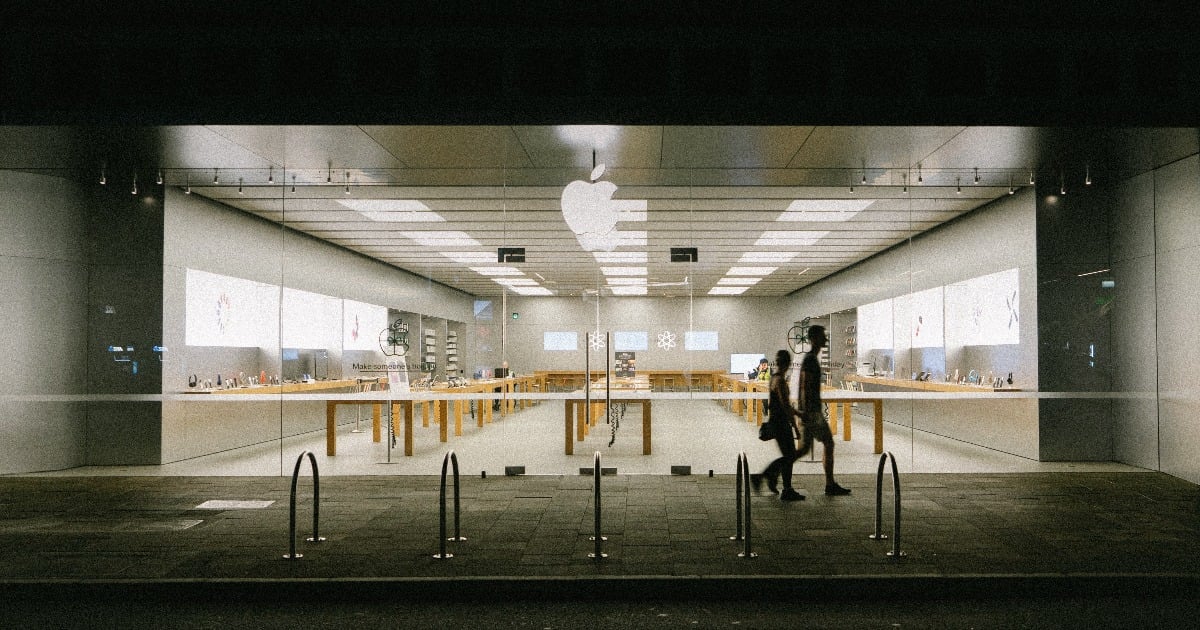
2017 is a big year for mobile payments and retail. The market is predicted to reach $78 billion this year as more millennials abandon traditional credit cards in favor of the so-called "pays"—Apple Pay, Android Pay and Samsung Pay to name a few.
“Mobile payments are among the payment strategies retailers should be looking at in order to further drive conversion both in stores and online," says Matt Harris, retail client principal at technology consultancy ThoughtWorks.
Here's what brands need to know about where the industry is, where it's going and how to take full advantage of the in-store purchase potential of mobile wallets:
Mobile Purchases Can Drive In-Store Activity
"Mobile payment" can mean a lot of things. For example, when a consumer uses his or her device to pay at a checkout, this is considered a mobile payment. But it's also a mobile payment—or a mobile point-of-sale (mPOS)—when a store associate completes a transaction with a mobile device. Apple has received a lot of accolades for its implementation of the mPOS practice, one that is gaining more traction across retailers as customers come to expect a quick and seamless check-out process.
In fact, a 2016 study from Juniper Research found that smartphone and tablet-based mobile transaction systems will account for more than one-third of in-store check-out systems by 2021 and process 20% of all retail transactions.
Beyond mPOS, the aforementioned mobile wallets—or "pays"—are increasingly taking the place of plastic credit and debit cards. While retailers continue to adopt the technology needed to accommodate the "pays," brands should be keen to another advantage mobile wallets offer: built-in marketing.
Urban Airship, a mobile wallet solutions and enhancement company, conducted a 2016 survey that revealed non-payment functions (e.g. delivered rewards and discounts to mobile wallets) are actually driving foot traffic to stores. Some 67% of U.S. respondents were more likely to visit a physical store when nearby if they received an alert of relevant coupons in their mobile wallet.
The Pros of Mobile Payments
Cost is another advantage to adopting mobile payment technology. For retailers, mPOS technology is less expensive to install than current cash registers, while some mobile wallet platforms don't charge transactions fee. Plus, with mobile payments there's the added bonus of digitally collecting and sorting relevant payment data—another great marketing tool for both retailers and brands.
What's more, mobile payments encourage more spending: always a win. In a report from mobile payment company, Square, "pay" users tend to spend more when using mobile payments versus physical credit cards. Business Insider predicts these in-store sales from mobile wallets to total $503 billion by 2020.
Making Mobile Payments Work In-Store
For consumers, activating mobile “pays” can be as simple as scanning a credit card into one of the many apps (Apple, Samsung, Google), many of which come preloaded onto certain phones. But as is the case for any change in retail technology, there are bound to be a few bumps in the road as everyone adjusts. To make the transition as smooth as possible, knowledgeable (and patient) sales associates are key.
Cathy McCabe, founder of consultancy Retail Reimagined and former CIO at luxury British brand Jaeger knows there is a mindset shift that must occur among employees and shoppers when integrating new a technology like mobile payment.
“Payment procedures haven't changed for a long time, so moving to a mobile device feels unfamiliar," McCabe says. "If you take cash registers away completely, the customer can become confused, especially if there's no-one around to help them."
For retailers, first thing's first: Educate, educate, educate. Associate training tends to overcome a variety of challenges in retail. The same can be said during adoption of mobile payment. As an added measure, retailers should find a willing technology adopter among its associates who will act as the 'champion' for mobile payments and drive its use by helping teammates (and consumers) as they continue to adapt and adopt.
Mobile payment provides convenience for consumers and also works as a digital engagement tool for both brands and retailers. It's a rapidly expanding operation that gives a rare balance of win-win for both shoppers and the stores they visit.



